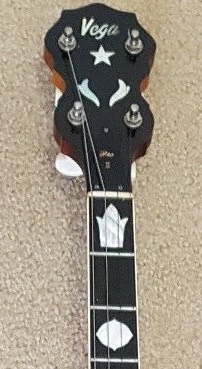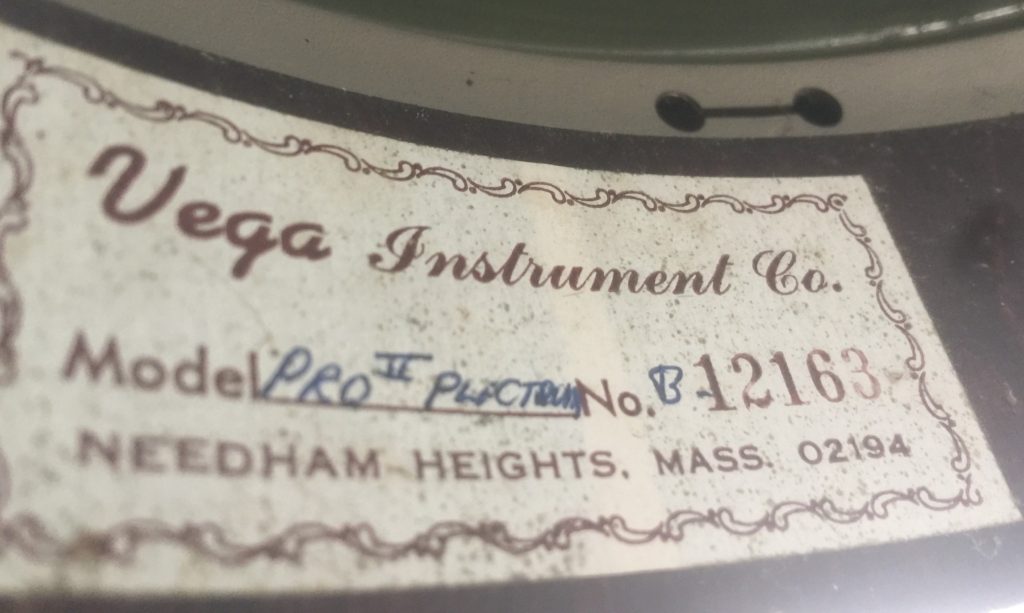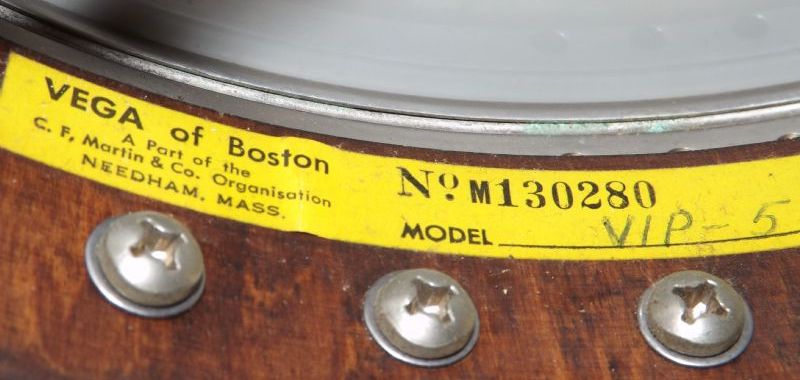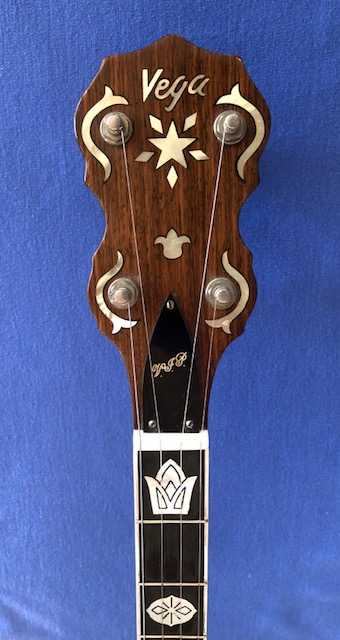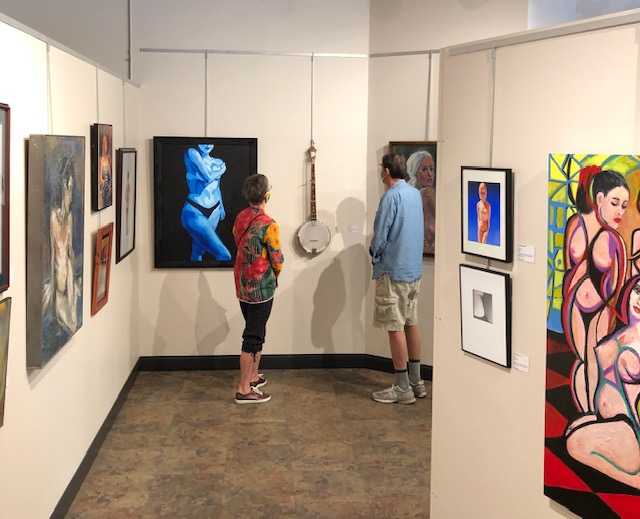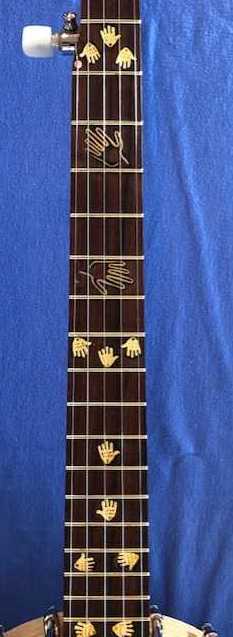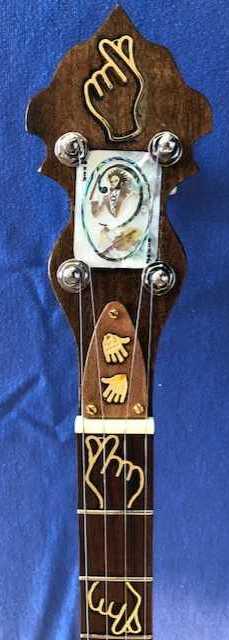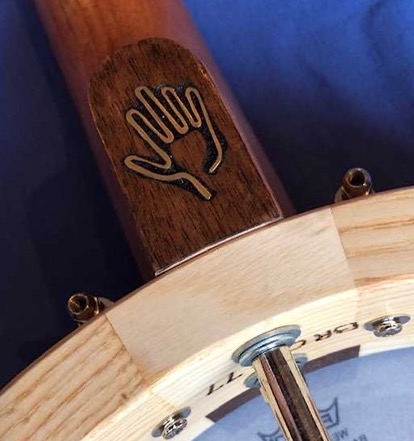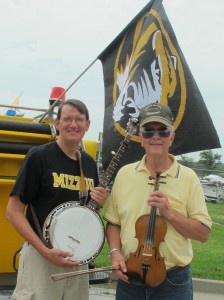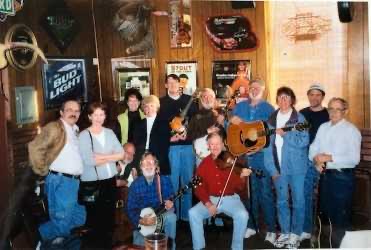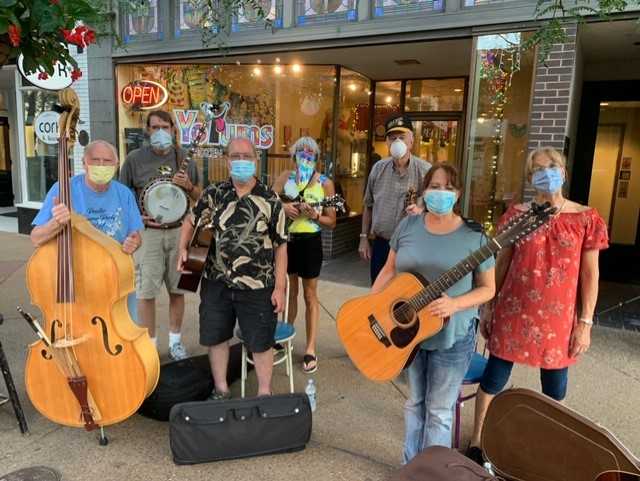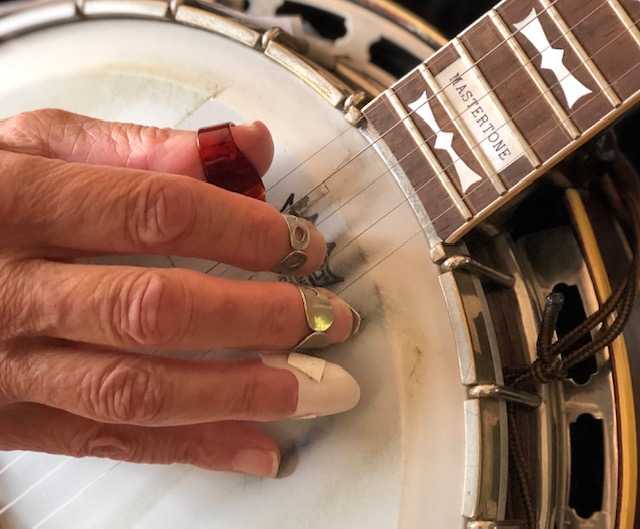Original tunes
In the mid 1980`s,the BRC founder joined Health Volunteers Overseas (HVO) which is a non governmental organization (NGO) based in our nation`s capital and dedicated to providing medical care and education in resource poor countries in the developing world. Over the years, the BRC founder served overseas assignments and held leadership positions in the organization. In 2006, the executive director asked him to record a CD of original music to celebrate the 20th anniversary of HVO.
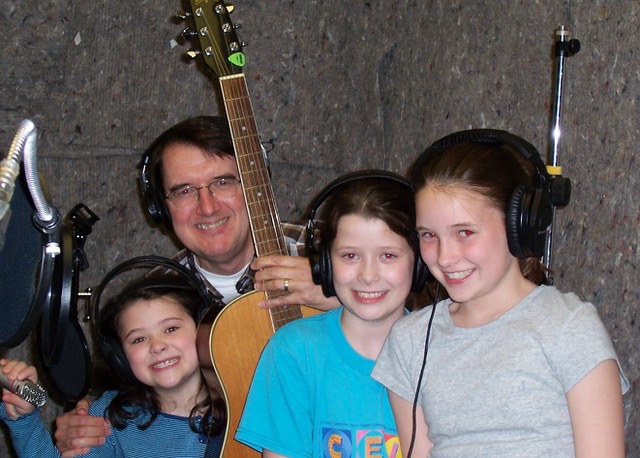
In a period of 10 days, the BRC founder drafted and scored a fund-raising album of songs for HVO entitled “Compass Points” which chronicled the challenges, fulfillments, and humorous adventures of international medical volunteerism. He recruited a trio of grand nieces to provide back-up vocals, as pictured above with him in a Chicago recording studio, and the fund-raising CD was marketed by the non- profit HVO office in Washington, D.C..
In April of 2020, the executive director asked the BRC founder to make a music video for the HVO Facebook Homepage to celebrate World Health Care Workers Week. Click on the below video link and enjoy his desktop rendition of “Are You Looking for an NGO?”
https://www.facebook.com/hvousa/videos/3767106190028071/
The “Compass Points” CD contains a true story and cautionary tale about the importance of physical distancing when in the presence of a health hazard. Sound familiar? Many years ago on the Carribean island of St. Lucia, when the BRC founder and his family were there on volunteer medical assignment at St. Jude Hospital, a vacation hotel went bankrupt and abandoned their pet elephant “Bupa” to roam the tropical island. In the below picture of Bupa, note that the islanders (far left) are keeping safe distance from the unpredictable pachyderm.
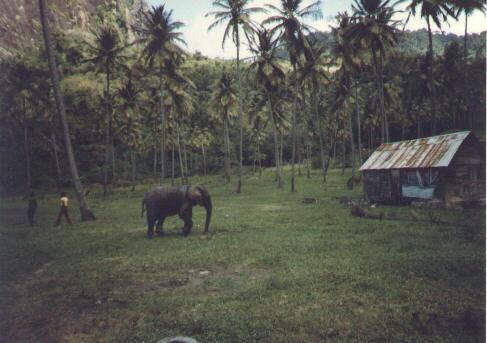
Enjoy the attached calypso -styled sound file of “Bupa the Elephant” and especially the back-up vocals by our young trio of singing sisters. All the music was multi-tracked by the author (Copyright 2006).
Fast forwarding to stateside these days, the BRC founder and fellow musicians mask-up weekly at the Rock Island Municipal Park pavilion for an outdoor Ozark jam session.

The popular TV series “Petticoat Junction” that aired 1963-1970 was based on the old Burris Hotel in Eldon, Missouri, that was previously called the Rock Island Hotel because it was on the Rock Island Railroad Line. The granddaughter of the hotel owner was the wife of the creator and executive producer of the television show, and she visited the hotel often in her youth. She shared her fond memories of it and the people there with her spouse who used this story to model the Shady Rest Hotel setting and characters of the TV series. The hotel and railroad line are now gone, but the namesake Rock Island Municipal Park stands nearby in tribute today. Flatt and Scruggs played the theme music for the Petticoat Junction TV show. The above jam session musicians informally call themselves the Rock Island Rangers.
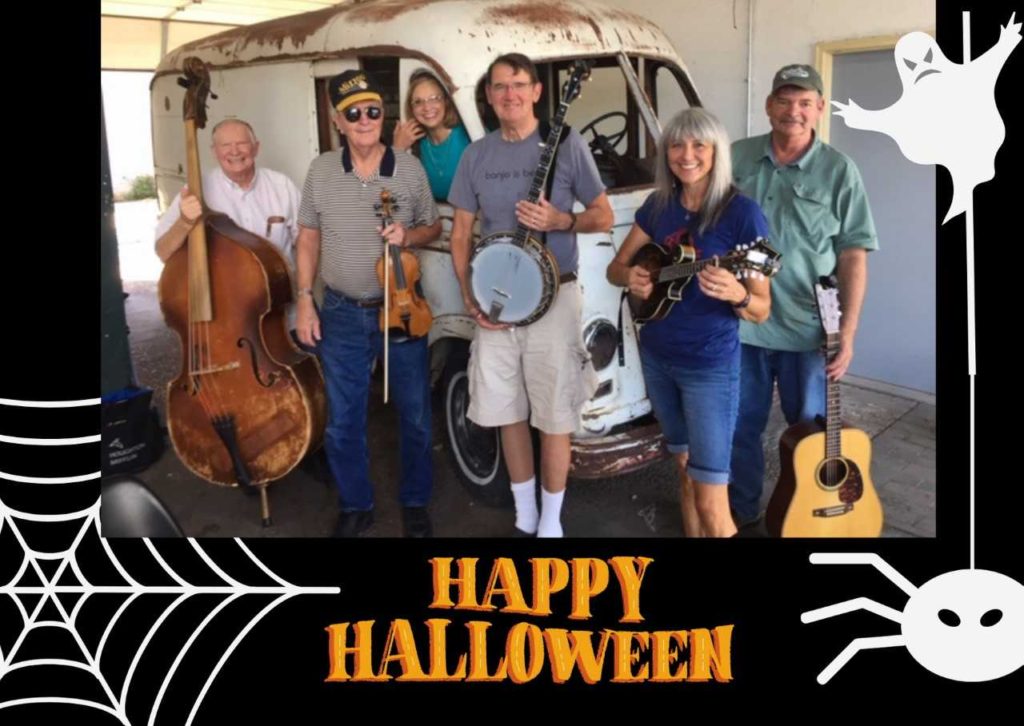
In a field of 4 submissions to the Gainor & Friends scary Halloween jam photo contest this month, a pre-pandemic picture of the Rock Island Rangers with a rusty van was the winner by a majority vote. Congrats to the Ozark pickers.
From the BRC: Be safe, observe social distancing, and wear a mask.




